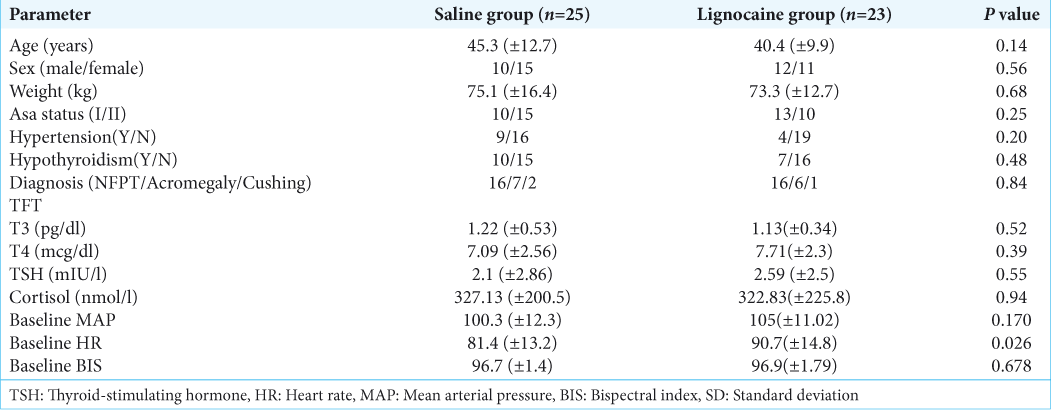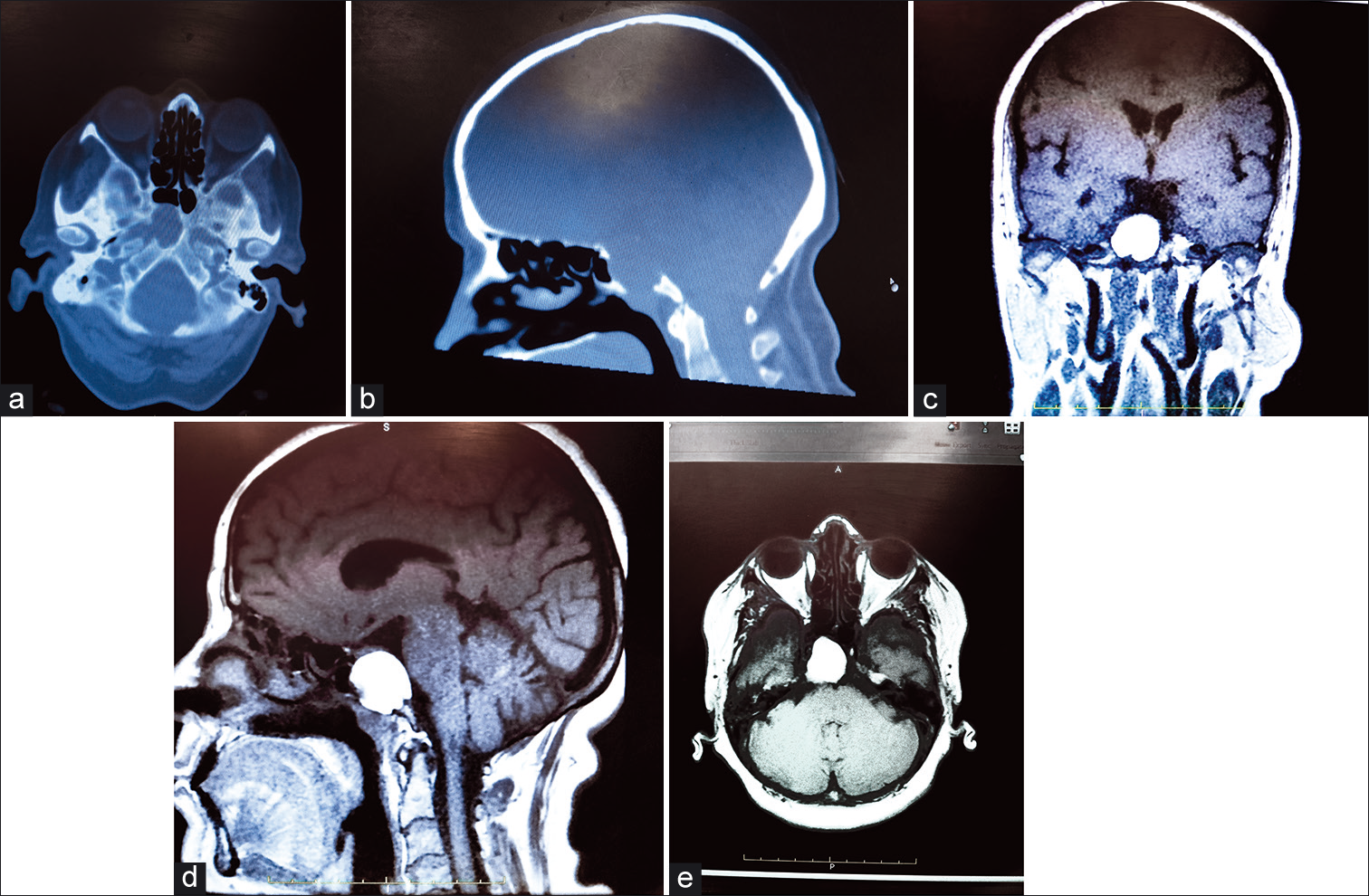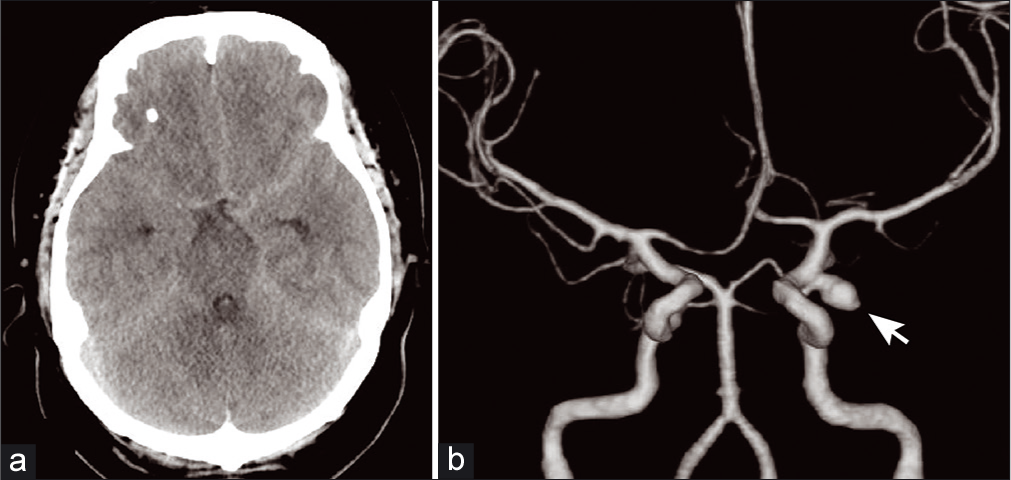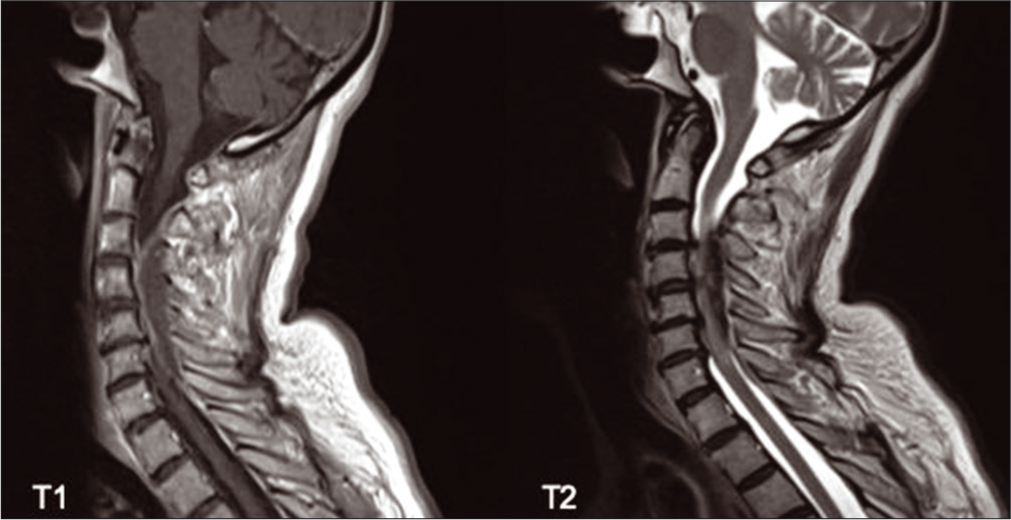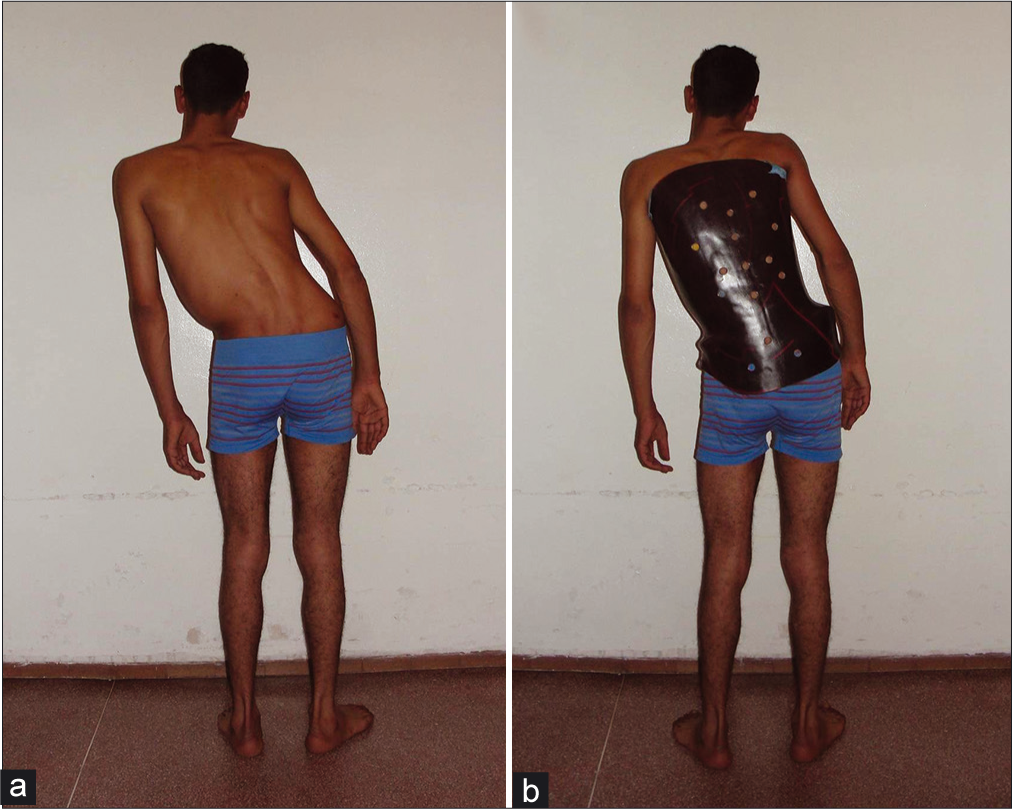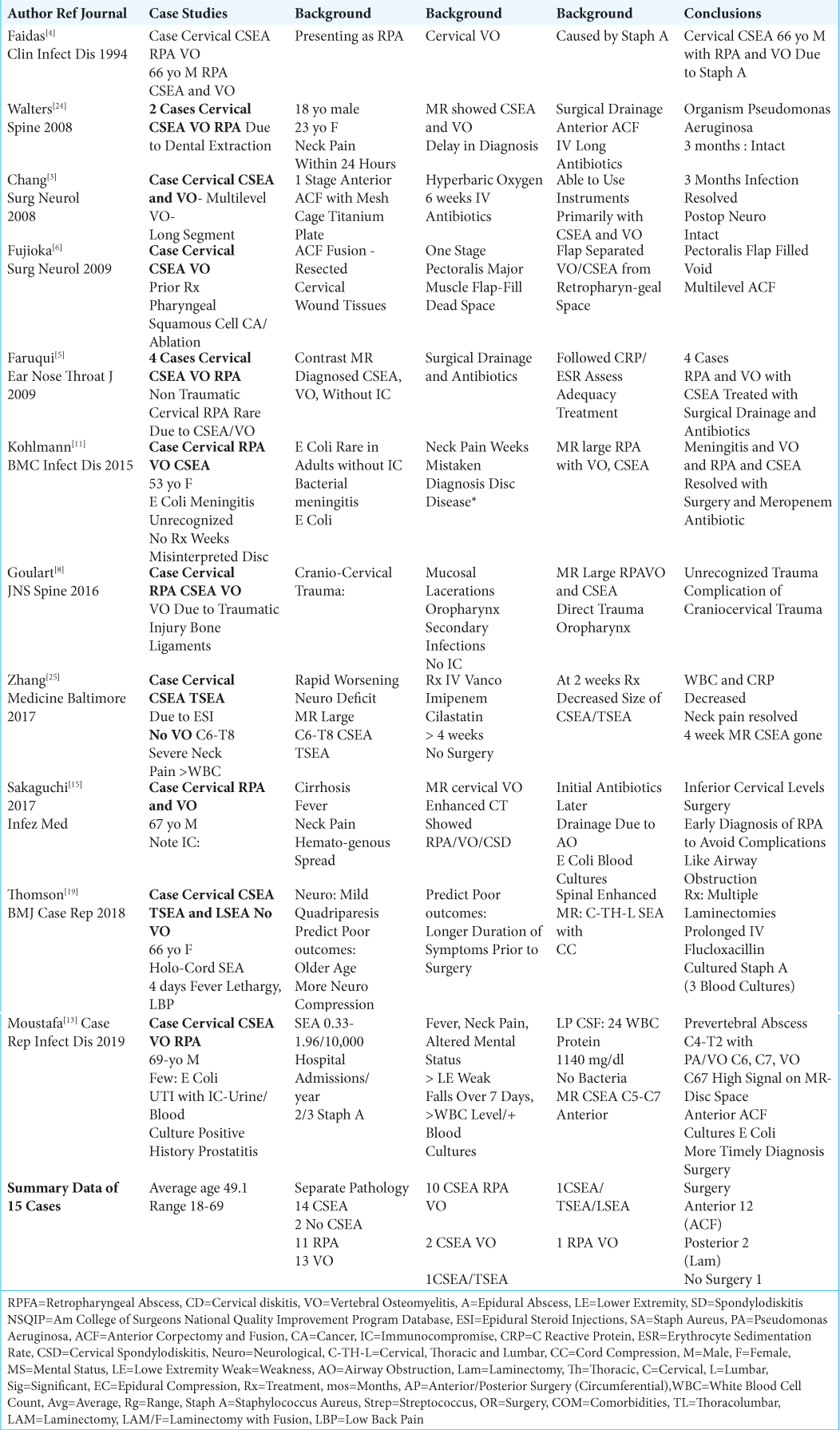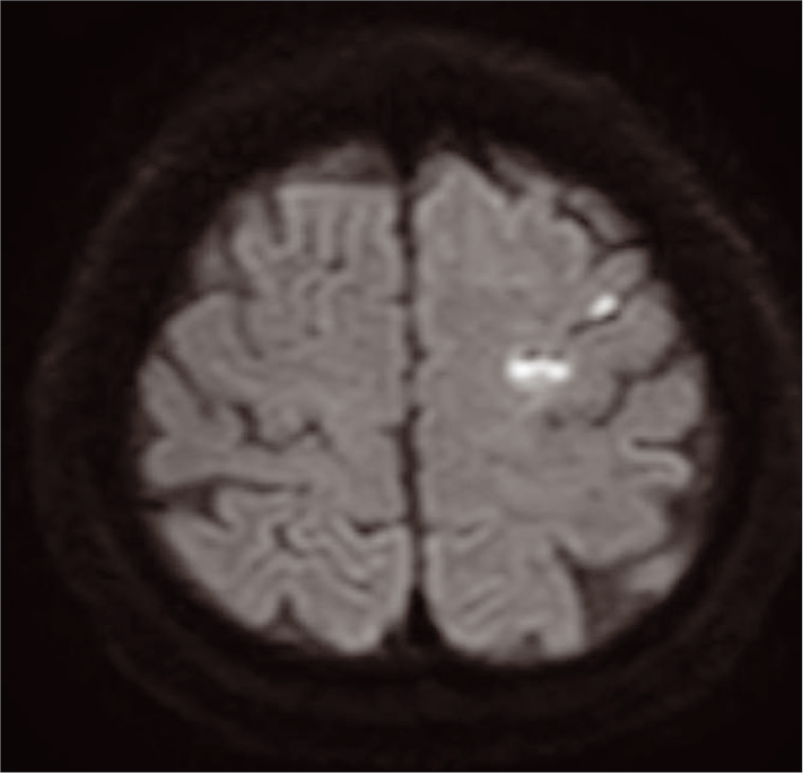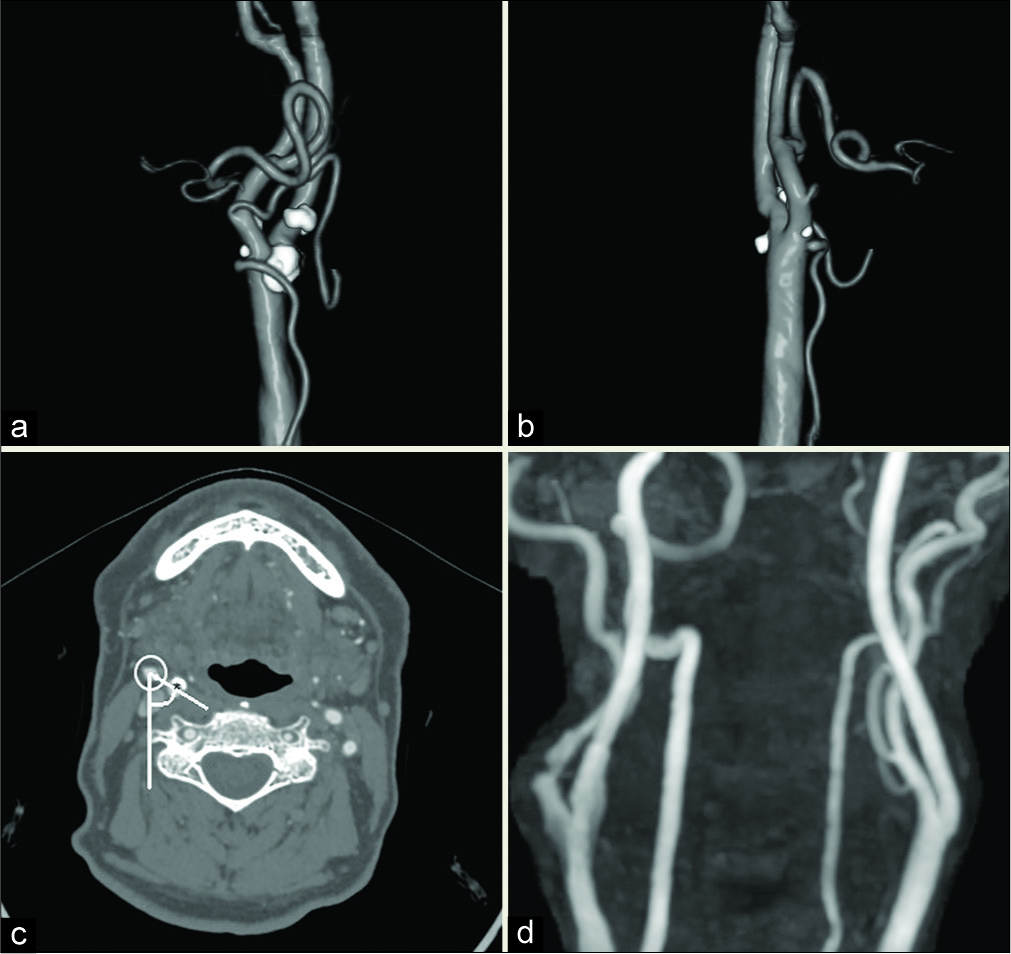Effect of intravenous lignocaine infusion on the quality of emergence in patients undergoing transsphenoidal resection of pituitary tumors – A prospective, randomized controlled trial
Date of publication: 20-Jun-2020
Background: Emergence from anesthesia is a critical step in patients undergoing transsphenoidal pituitary surgery (TSS). The cough suppressant and anesthetic sparing properties of lignocaine makes it a favorable option for smooth extubation and maintaining stable hemodynamics intraoperatively. We aimed to evaluate the effect of lignocaine infusion on the quality of emergence (QOE) and intraoperative hemodynamics in patients undergoing transsphenoidal resection of pituitary tumors.
Atypical sellar cyst: A rare case
Date of publication: 20-Jun-2020
Background: Sellar cysts are common in neurosurgery. Around 90% of these are diagnosed as pituitary adenomas. The other 10% are nonadenomatous, inflammatory, infective, metastatic, or cystic in nature. Some rare cysts include dermoid, epidermoid, colloid, and arachnoid. They all have different histological features. The case we present demonstrates a unique cyst with features that are not previously documented.
Risk of fatal sinus arrest induced by low-grade subarachnoid hemorrhage: A case of a young patient with obstructive sleep apnea
Date of publication: 20-Jun-2020
Background: Sleep apnea syndrome (SAS) and subarachnoid hemorrhage (SAH) are both considered possible causes of secondary arrhythmias. However, there are limited reports on the increased risk of bradyarrhythmia for arrhythmia-free SAS patients with SAH.
A spontaneous cervical epidural hematoma mimicking a stroke – A case report
Date of publication: 20-Jun-2020
Background: A spontaneous cervical epidural hematoma (SCEH) is a rare occurrence. It usually presents with quadriparesis, but it may present with hemiparesis or hemiplegia and can easily be misdiagnosed as stroke. We present a case of stroke mimicking SCEH with hemiparesis worsened after tissue plasminogen activator therapy (tPA) followed by emergency cervical decompression laminectomy.
Isolated painless scoliosis in lumbar disc herniation
Date of publication: 20-Jun-2020
Diagnosis, and Treatment of Cervical Epidural Abscess and/or Cervical Vertebral Osteomyelitis with or without Retropharyngeal Abscess; A Review
Date of publication: 20-Jun-2020
Background: Every year approximately 19.6 patients/100,000 per year are admitted to hospitals with spinal epidural abscesses (CSEA), 7.4/100,000 have vertebral osteomyelitis (VO)/100,000/year, while 4.1/100.000 children/year have cervical retropharyngeal abscesses (RPA) (i.e., data insufficient for adults).
Intracerebral steal phenomenon induced focal reversible vasogenic edema and decrease in cerebral blood flow after carotid endarterectomy
Date of publication: 20-Jun-2020
Background: Intracerebral steal phenomenon (ISP) is a rare complication following surgical treatment of carotid stenosis. However, the factors responsible remain unknown. We described the rear case of the ISP who had vasogenic edema and cerebral blood flow (CBF) decline and presented with hemiparesis after carotid endarterectomy (CEA).
Technical note: In Mexico, the majority of 147 traumatic spinal cord injuries occurred in the thoracic spine for young males
Date of publication: 20-Jun-2020
Background: Traumatic spinal cord injury (TSCI) is a devastating problem typically associated with multi-organ disorders. Studies regarding TSCI and their attendant comorbidities are scarce from developing countries.
Anterior temporal approach for clipping of ruptured basilar tip aneurysms: Surgical techniques and treatment outcomes
Date of publication: 13-Jun-2020
Background: Basilar tip (BT) aneurysms are challenging to treat with microsurgical clipping, especially in subarachnoid hemorrhage cases. The anterior temporal approach is one of the surgical approaches for the treatment of aneurysms in this area. The majority of the previous reports on this approach have described unruptured cases. For the ruptured cases assessed in our study, the authors describe the surgical technique, patient characteristics, and surgical outcomes following the use of this technique.
Analysis of twisted internal carotid arteries in carotid endarterectomy
Date of publication: 13-Jun-2020
Background: The twisted carotid artery is a variant, in which the internal carotid artery (ICA) courses medially to the external carotid artery. Due to the sparse descriptions in the literature, we, here, report our experience with cases of carotid endarterectomy (CEA) for twisted carotid artery and its clinical features.


